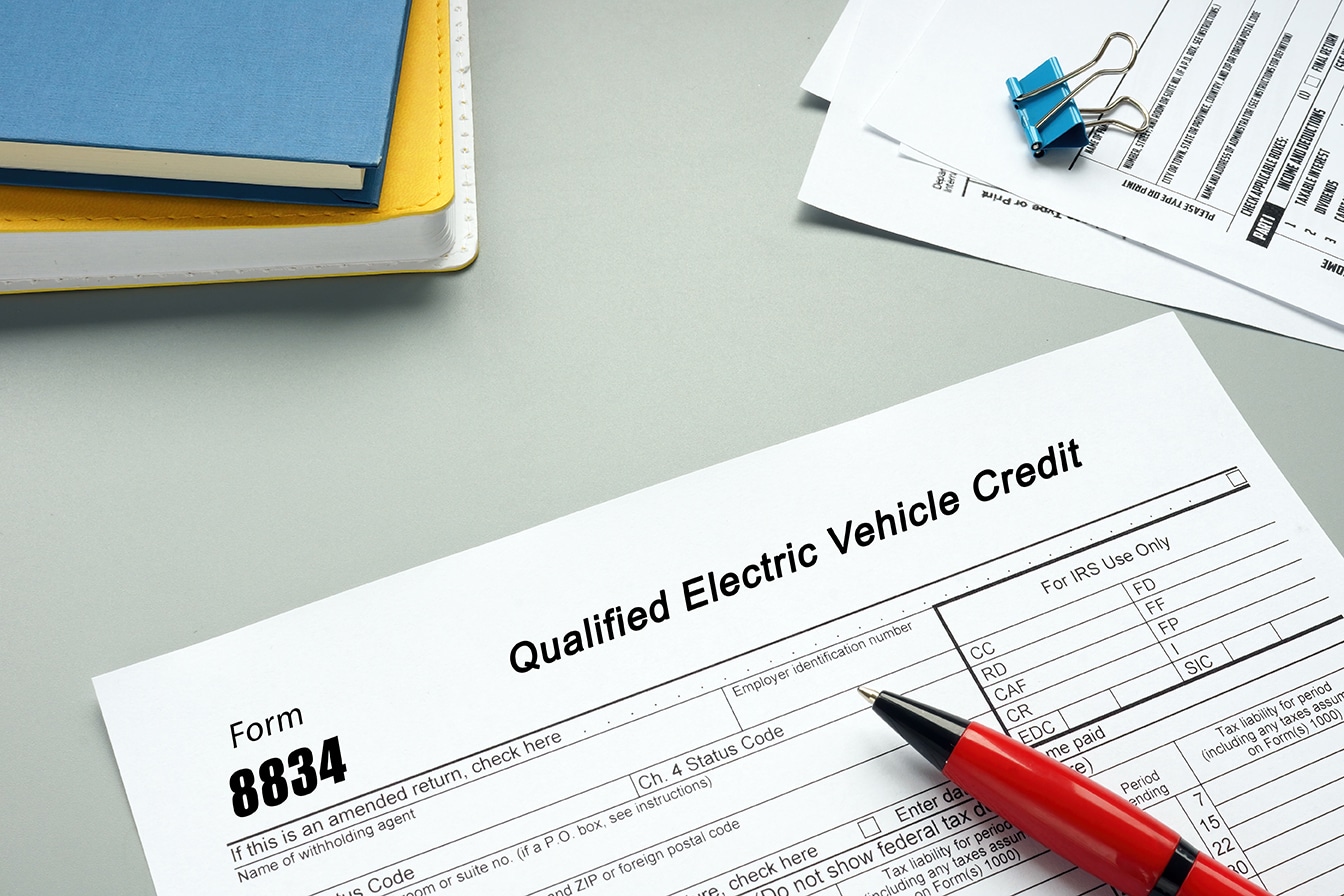You may find a variety of cars sold on the market have a long list of features that enhance the versatility and value of each model. You'll find you may have the option of choosing between 4WD and AWD, especially if you're shopping for a truck or SUV. It can be easy to think 4WD and AWD are the same, but there are key differences to be aware of to ensure you get the traction you need while navigating different types of roads each season. This will allow you to feel good about your decision and allow you to get plenty of use out of your next vehicle.
What is All-Wheel Drive?
All-wheel drive is designed to give power to the back and front of your car from the powertrain. It has a full-time mode that allows it to power each wheel all the time. If you use the part-time system, it uses two-wheel drive most of the time and still has the ability to change to all-wheel drive when you need more traction.
When you use all-wheel drive, you don't have to worry about engaging the system as you drive the vehicle. However, there are a few cars on the road that offer this type of control. Each wheel on the car gets its torque through a set of clutches, couplings, and differentials.
What is Four-Wheel Drive?
If a four-wheel drive is present on your vehicle, you likely drive a truck or SUV. This uses differentials in the center, rear, and front, including couplings and cases, to get power to each wheel on the car.
All of the wheels get torque with 4WD on your car when it's needed, which is available in part-time and full-time modes. This is also how all-wheel drive operates. You have the option of selecting low and high ranges as you drive the vehicle. You can set this up with an electronic switch or lever on the vehicle. If you need as much traction as possible, opt for the low setting. If you're driving on gravel, snow, or sand, you can use the high setting to stay planted on all types of surfaces.
Visit our dealership today when you're ready to learn more about how four-wheel drive and all-wheel drive differ from one another to ensure you can obtain more details. You can reach out to us during our normal business hours to contact one of our team members to ensure you can get answers to your questions.

